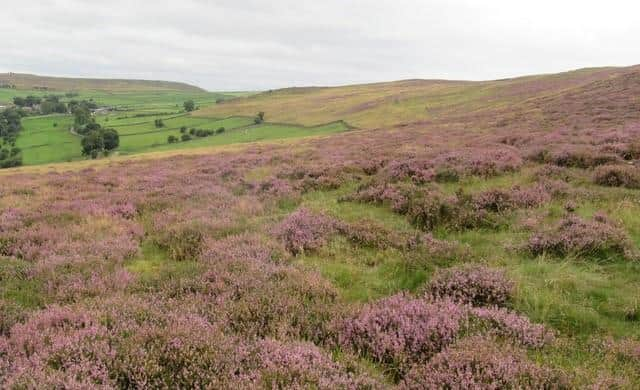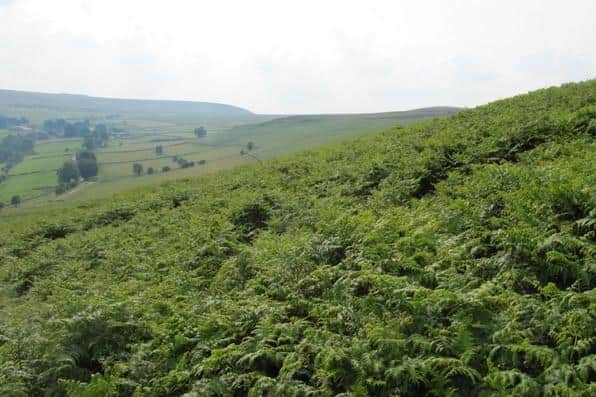Hope Valley farmer says nine-year project to restore moorland biodiversity is paying off
and live on Freeview channel 276
Geoff Eyre began work on the 425 acre plot on Abney Moor in 2013, with the removal of a huge area of dense, invasive bracken, some of it reaching six feet in height.
From a virtual desert, today the land is home to a wide variety of birds and animals such as brown hares, ring ouzels, kestrels, barn owls, snipes, lapwings, curlews, golden plover, red grouse and heron, alongside songbirds, bees, frogs and newts.
Advertisement
Hide AdAdvertisement
Hide AdThe restoration has involved various techniques, but winter burning is perhaps the most significant – and controversial.


Geoff said: “I have been delighted by the results of the managed burn this year. The heather has flowered exceptionally well, attracting bees, and the growing plants lock up carbon from the atmosphere. The meadow pipits and skylarks are now too numerous to count.”
The practice of moorland burning divides opinion because of its links to grouse hunting, and disruption of wet peatland which stores vast amounts of carbon – adding to greenhouse emissions.
But Geoff, a member of grouse estate owners’ group the Moorland Association, says Abney is different: “The Peak District moors have some bog, but only a tiny percentage, unlike wetter moors further north. We have also wet areas on shallow peat and very dry areas on deep peat.”
Advertisement
Hide AdCritics of moorland burning say that it results in biodiversity loss, but Geoff is keen to show that is not necessarily the case, and has worked with scientists at the University of Liverpool to implement a ‘cool burn’ which targets the surface of the land and leaves lower layers intact.
Advertisement
Hide Ad

He says results show that the burn removed just ten to 15 per cent of vegetation and helps to maintain diversity rather than letting one plant dominate others.
Geoff said: “Where cutting is used as a moorland management tool, the vegetation is often left to rot, which can release methane, the worst of the greenhouse gases.”
“By contrast, a quick, managed burn allows the plants to regenerate quickly, locking up more carbon in the process and the charcoal layer also means that carbon can’t breakdown and escape.”